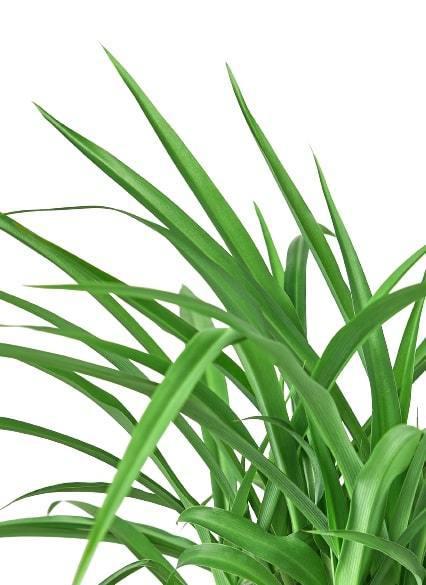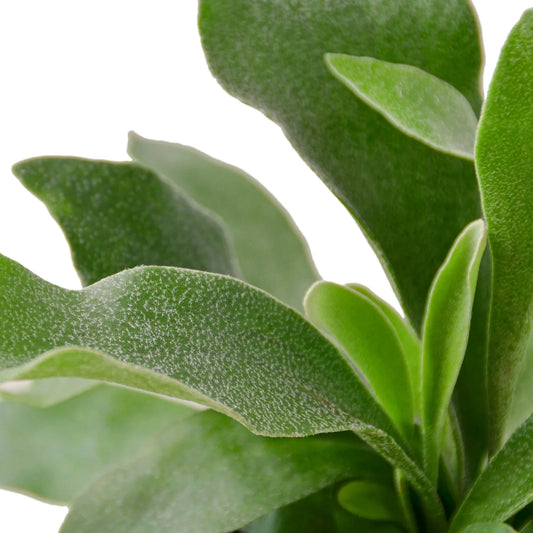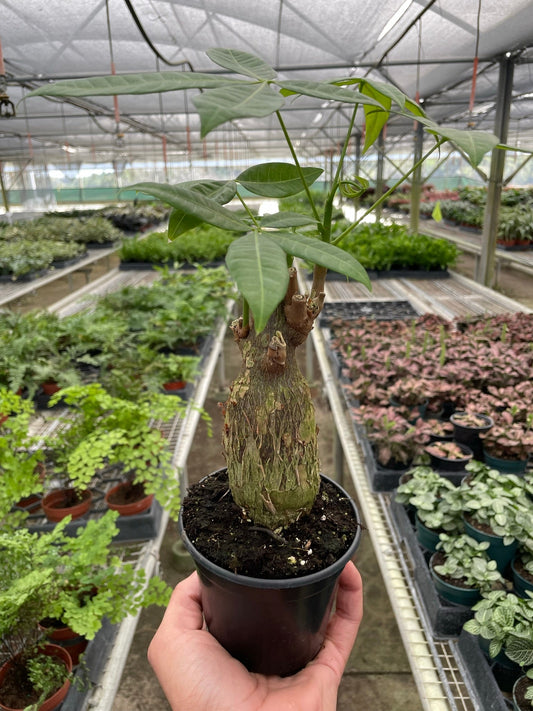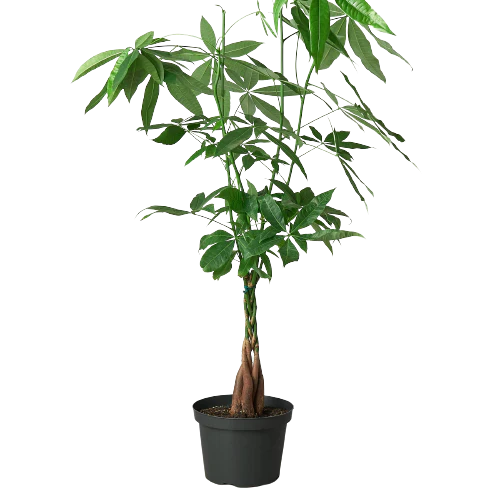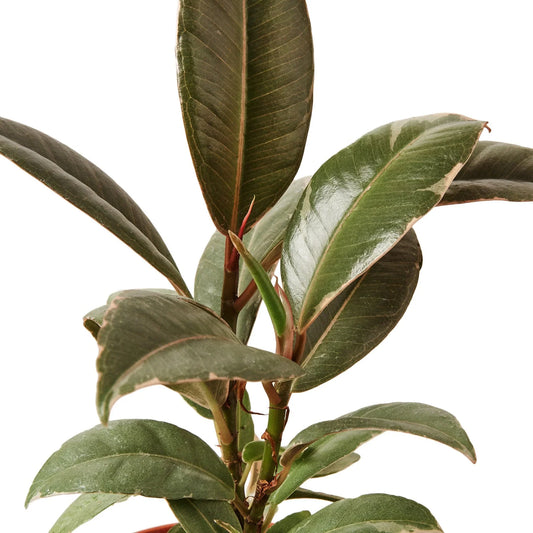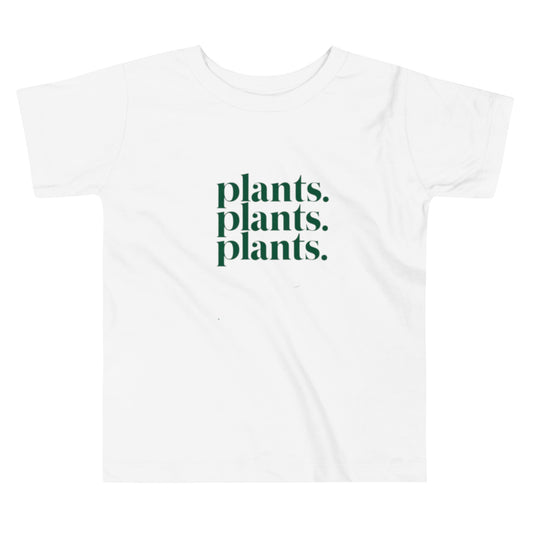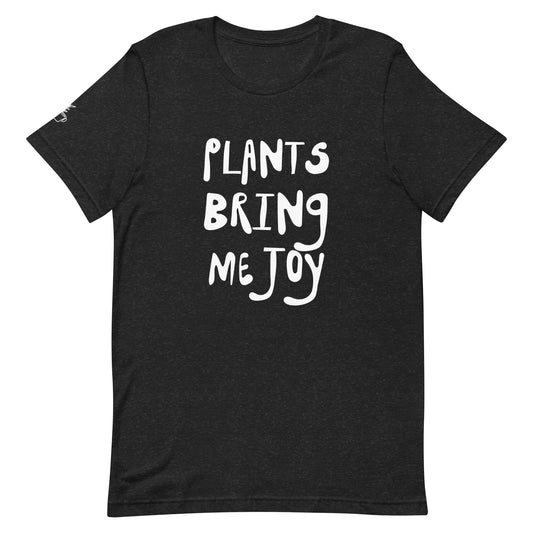How To Prune a Peperomia Hope (The RIGHT Way)
Cafe Planta Team
Pruning a Peperomia Hope might not be the first thing on your mind when you bring this charming plant into your home. With its round, succulent leaves and trailing stems, it often seems perfectly content with minimal fuss. But, believe it or not, a little pruning can go a long way in keeping your Peperomia Hope not just alive, but thriving.
In this article, we’ll explore everything you need to know about pruning your Peperomia Hope the right way. From understanding why pruning is beneficial to step-by-step instructions on how to do it, you'll be equipped with all the knowledge needed to nurture your plant. Let's dive into the details!
Why Prune Your Peperomia Hope?
First things first, why should you even consider pruning your Peperomia Hope? Well, pruning isn’t just about aesthetics—though it certainly helps in that department. It plays a crucial role in the overall health of the plant. Here are a few reasons why a regular trim can be beneficial:
- Encourage Growth: Pruning helps redirect the plant's energy to promote new and healthy growth. By removing dead or damaged leaves, you're giving your plant a fresh start.
- Maintain Shape: If you love the way your Peperomia looks when it’s bushy and full, strategic pruning helps maintain that shape. It prevents the plant from becoming too leggy.
- Prevent Disease: Removing dead or unhealthy parts of the plant reduces the risk of disease and pest infestations.
You might be wondering, “How often should I be doing this?” Ideally, you should prune your Peperomia Hope a couple of times a year, or whenever it starts looking a little unruly. Trust your instincts—if it looks like it needs a haircut, it probably does!
Gathering the Right Tools
Before you roll up your sleeves, let’s talk about tools. You don't need anything fancy, but having the right equipment can make the process a lot smoother.
- Sharp Pruning Shears: A good pair of pruning shears is a must. They should be sharp enough to make clean cuts, which helps the plant heal faster.
- Isopropyl Alcohol: This is used to sterilize your shears before and after pruning. This step is crucial to prevent the spread of disease.
- Gloves: Not necessary, but if you prefer not to get your hands dirty, a pair of gardening gloves can be handy.
Once you've gathered your tools, you're almost ready to start. Remember, preparation is half the battle won!
Identifying Where to Prune
Knowing where to make your cuts is key to successful pruning. Take a good look at your plant and identify areas that could use a trim.
- Look for Dead or Damaged Leaves: These are the easiest to spot. They’re usually discolored or have a shriveled appearance.
- Check for Overgrown Stems: If any stems are significantly longer than the others and making the plant look unbalanced, they’re candidates for pruning.
- Spot Leggy Growth: If your plant has stems with sparse leaves, consider trimming them back to encourage bushier growth.
Once you've identified the areas to prune, you’re ready to move on to the actual process. Remember, a little observation goes a long way in ensuring you make the right cuts.
Step-by-Step Pruning Guide
Now comes the exciting part—actually pruning your plant. Follow these steps to ensure you’re doing it safely and effectively:
- Sanitize Your Shears: Dip your pruning shears in isopropyl alcohol to sterilize them. This prevents the transmission of any diseases.
- Make Clean Cuts: Aim to cut just above a leaf node, as this is where new growth will emerge. Avoid cutting too close to the node to prevent damage.
- Remove Dead or Damaged Leaves: Start by removing any leaves that are dead, yellow, or damaged. This step alone can make your plant look healthier.
- Trim Overgrown Stems: If a stem is too long, cut it back to the desired length. Make sure to leave a few leaves on the stem to ensure it continues to grow.
- Prune for Shape: Finally, step back and look at your plant's overall shape. Trim any areas that disrupt the symmetry or fullness you’re aiming for.
And there you have it. With a few strategic cuts, your Peperomia Hope will look as good as new. Just remember, less is more when it comes to pruning—avoid overdoing it.
Post-Pruning Care
After pruning, your plant will need a little TLC to bounce back. Here’s what you can do to help it recover and thrive:
- Water Carefully: Avoid overwatering as the plant adjusts. Peperomias prefer to dry out between waterings, so keep an eye on the soil moisture.
- Provide Adequate Light: Ensure your plant is getting enough light. A bright, indirect light source is ideal for Peperomia Hope.
- Monitor for Stress: After pruning, keep an eye on the plant for signs of stress, like wilting or discoloration, and adjust care as needed.
By giving your plant the right care post-pruning, you’re setting it up for a quick recovery and healthy growth. Remember, patience is key—plants take time to adjust.
Common Pruning Mistakes to Avoid
Even with the best intentions, we can sometimes make mistakes. Here are a few common pitfalls to watch out for when pruning your Peperomia Hope:
- Over-Pruning: It's easy to get carried away, but removing too much foliage can stress the plant. Stick to the essentials and prune only what’s necessary.
- Not Sterilizing Tools: Always sterilize your tools before and after use to prevent disease spread. This step is often overlooked but is incredibly important.
- Pruning at the Wrong Time: While Peperomias can be pruned year-round, avoid doing it when the plant is already stressed, such as during a heatwave.
By keeping these tips in mind, you can avoid common mistakes and ensure your pruning efforts are successful.
Integrating Peperomia Hope into Your Home Design
Pruning isn’t just about health—it's also about style. A well-pruned Peperomia Hope can be a stunning addition to your home decor. Here are a few design ideas to consider:
- Trailing Elegance: Let your Peperomia Hope trail elegantly from a shelf or hanging planter. The cascading leaves can add a soft, natural touch to any room.
- Tabletop Accent: Use a pruned Peperomia as a tabletop centerpiece. Its compact, bushy appearance can bring life to a dining or coffee table.
- Terrarium Feature: If you’re into terrariums, a small Peperomia Hope can be a perfect addition, adding texture and depth without overwhelming the space.
By integrating your Peperomia Hope into your home design, you’re not only boosting the plant's aesthetic appeal but also enhancing the overall ambiance of your space.
Pruning for Propagation
One of the great things about pruning is that it can also provide opportunities for propagation. If you’re looking to expand your plant collection, here’s how you can use your trimmings:
- Select Healthy Cuttings: Choose stems with healthy leaves and nodes for best results.
- Prepare the Cuttings: Remove the lower leaves and dip the cut end in rooting hormone if you have it (though it's not essential).
- Plant and Wait: Place the cuttings in a small pot with well-draining soil or water. Keep them in a bright, warm spot and wait for roots to develop.
Propagation can be a fun and rewarding process, giving you new plants to enjoy or share with friends. Plus, it’s a great way to make use of those prunings!
When to Seek Professional Help
While pruning at home is usually straightforward, there might be times when you need a second opinion. Here are a few scenarios where consulting a professional could be beneficial:
- Severe Pests or Disease: If your plant is heavily infested or showing signs of a disease that's not improving, it might be time to call in the experts.
- Complex Pruning Needs: If you're unsure about how to prune complicated or large areas without harming the plant, professional help can provide guidance.
- General Plant Health Concerns: If your Peperomia Hope isn’t thriving despite your best efforts, a professional consultation could offer insights you might have overlooked.
Remember, there’s no shame in seeking help. Sometimes a fresh set of eyes can make all the difference in your plant care journey.
Final Thoughts
Pruning your Peperomia Hope is more than just a maintenance task—it's an opportunity to connect with your plant and encourage its health and beauty. By following these steps, you can ensure your Peperomia remains a vibrant and happy part of your home.
At Cafe Planta, we're all about helping you succeed in your plant care journey. Whether you’re an experienced plant parent or just starting out, we have a range of houseplants and accessories to support you. If you have questions or need advice, feel free to email us, or connect with us on Instagram. We’re here to help you create a thriving plant collection in your home!





